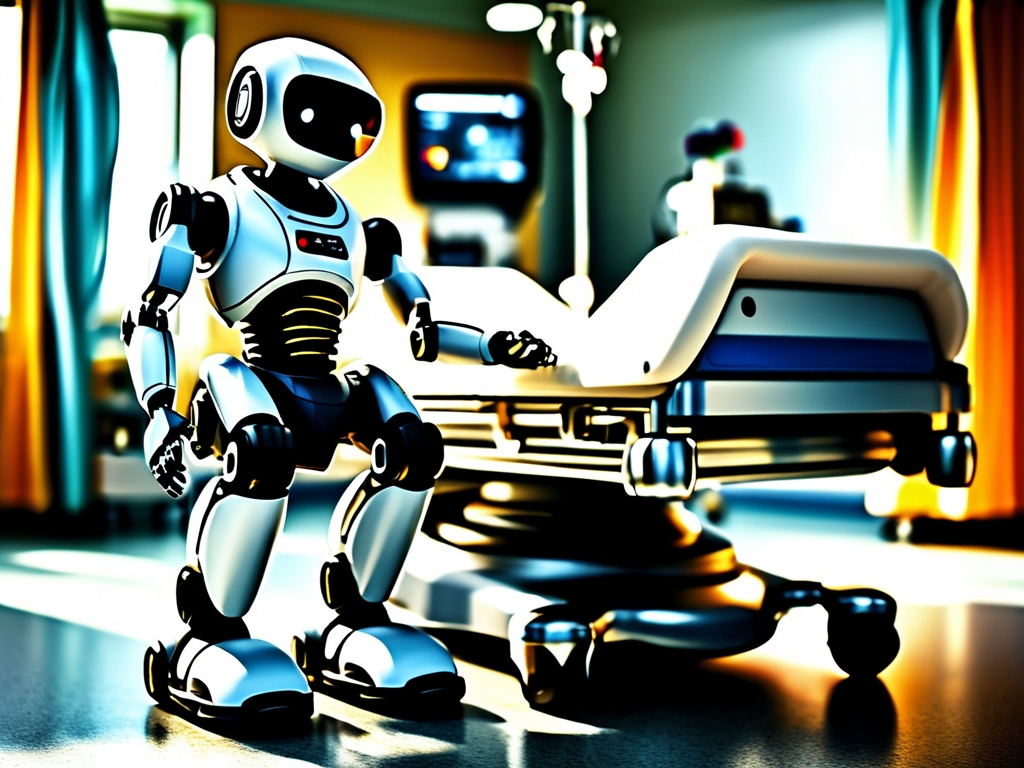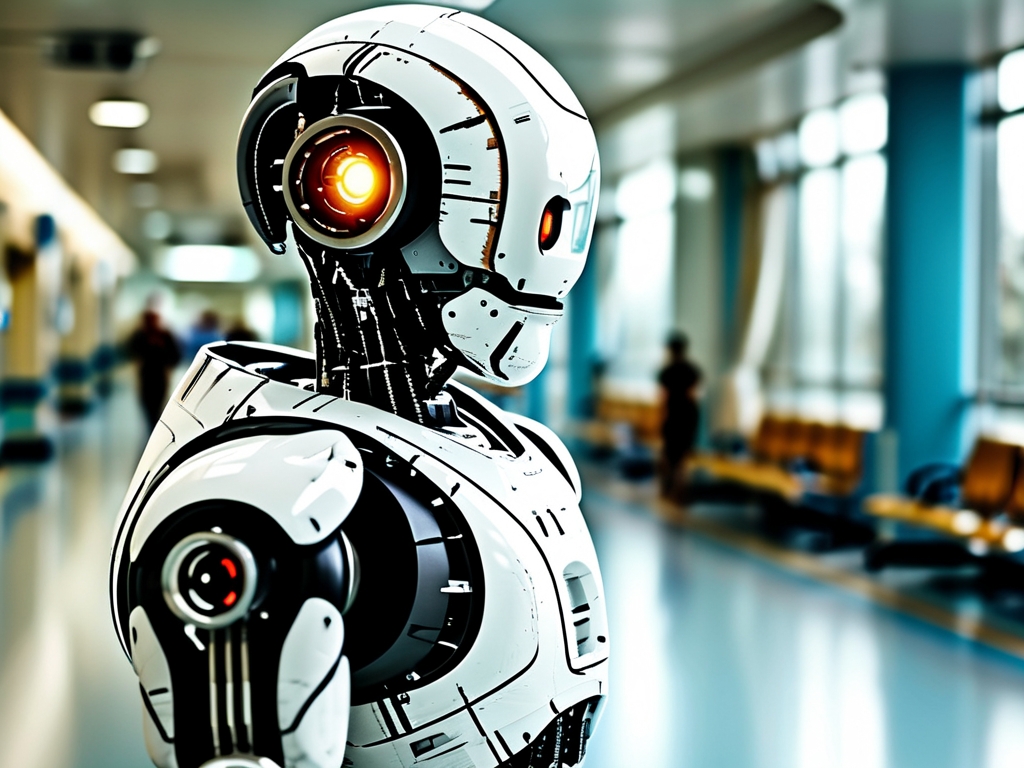The integration of robotics into healthcare has revolutionized medical practices, offering precision, efficiency, and innovation. Hospital robotics encompasses a wide range of technologies designed to assist medical professionals, enhance patient care, and streamline workflows. This article explores the core principles behind hospital robotics, focusing on their design, functionality, and real-world applications.
1. Fundamentals of Hospital Robotics
Hospital robots operate on interdisciplinary principles combining mechanical engineering, artificial intelligence (AI), and biomedical science. At their core, these systems are built to perform tasks with minimal human intervention while adhering to strict safety and accuracy standards. Key components include:
- Sensors and Perception Systems: Robots rely on cameras, LiDAR, and infrared sensors to navigate environments, detect obstacles, and interact with objects. For example, disinfection robots use UV-C light sensors to identify high-touch surfaces.
- AI and Machine Learning: Algorithms enable robots to analyze medical data, recognize patterns, and adapt to dynamic scenarios. Surgical robots like the da Vinci Surgical System utilize AI to translate a surgeon’s hand movements into precise micro-incisions.
- Human-Machine Interfaces (HMIs): Intuitive controls, such as touchscreens or voice commands, ensure seamless collaboration between robots and healthcare staff.
2. Core Technologies Driving Hospital Robots
a. Autonomous Navigation
Hospital robots employ simultaneous localization and mapping (SLAM) to create real-time maps of their surroundings. Autonomous delivery robots, such as those from Aethon, use this technology to transport medications or lab samples across crowded corridors without collisions.

b. Precision Mechanics
Surgical robots exemplify mechanical precision. Their robotic arms, equipped with tremor-filtering mechanisms and 360-degree articulation, outperform human steadiness. For instance, the Mako Robotic-Arm Assisted Surgery System ensures sub-millimeter accuracy in joint replacements.
c. Data Integration
Robots are integrated with Hospital Information Systems (HIS) to access patient records, lab results, and scheduling data. Pharmacy robots like ScriptPro cross-reference prescriptions with EHRs to dispense medications error-free.
3. Applications in Modern Healthcare
a. Surgical Assistance
Robotic surgery reduces invasiveness and recovery time. The da Vinci System allows surgeons to operate through tiny incisions using 3D visualization and wristed instruments, minimizing tissue damage.
b. Logistics and Delivery
Autonomous robots manage repetitive tasks such as delivering meals, linens, or sterile instruments. TUG Robots by Mobile Industrial Robots reduce staff workload and cut logistical errors by 30%.
c. Patient Care and Rehabilitation
Social robots like PARO, a therapeutic seal, provide emotional support to dementia patients. Meanwhile, exoskeletons such as EksoNR help stroke patients regain mobility through guided movements.
d. Sanitation and Infection Control
UV-disinfection robots like Xenex’s LightStrike deploy pulsed xenon UV light to destroy pathogens, reducing hospital-acquired infections by up to 70%.
4. Challenges and Ethical Considerations
Despite their benefits, hospital robots face challenges:

- Cost and Accessibility: High initial investments limit adoption in resource-poor settings.
- Data Security: Connected robots risk cyberattacks, requiring robust encryption protocols.
- Ethical Dilemmas: Over-reliance on robots may erode patient-provider relationships, raising questions about empathy in care.
5. The Future of Hospital Robotics
Emerging trends include swarm robotics for coordinated tasks and AI-driven diagnostics for early disease detection. Researchers are also developing nanobots for targeted drug delivery. As technology advances, the synergy between human expertise and robotic precision will define the next era of healthcare.
Hospital robotics merges engineering brilliance with medical necessity, offering solutions that enhance accuracy, reduce human error, and save lives. While challenges remain, the continued evolution of these systems promises a future where technology and healthcare professionals work hand-in-hand to achieve unprecedented outcomes.


